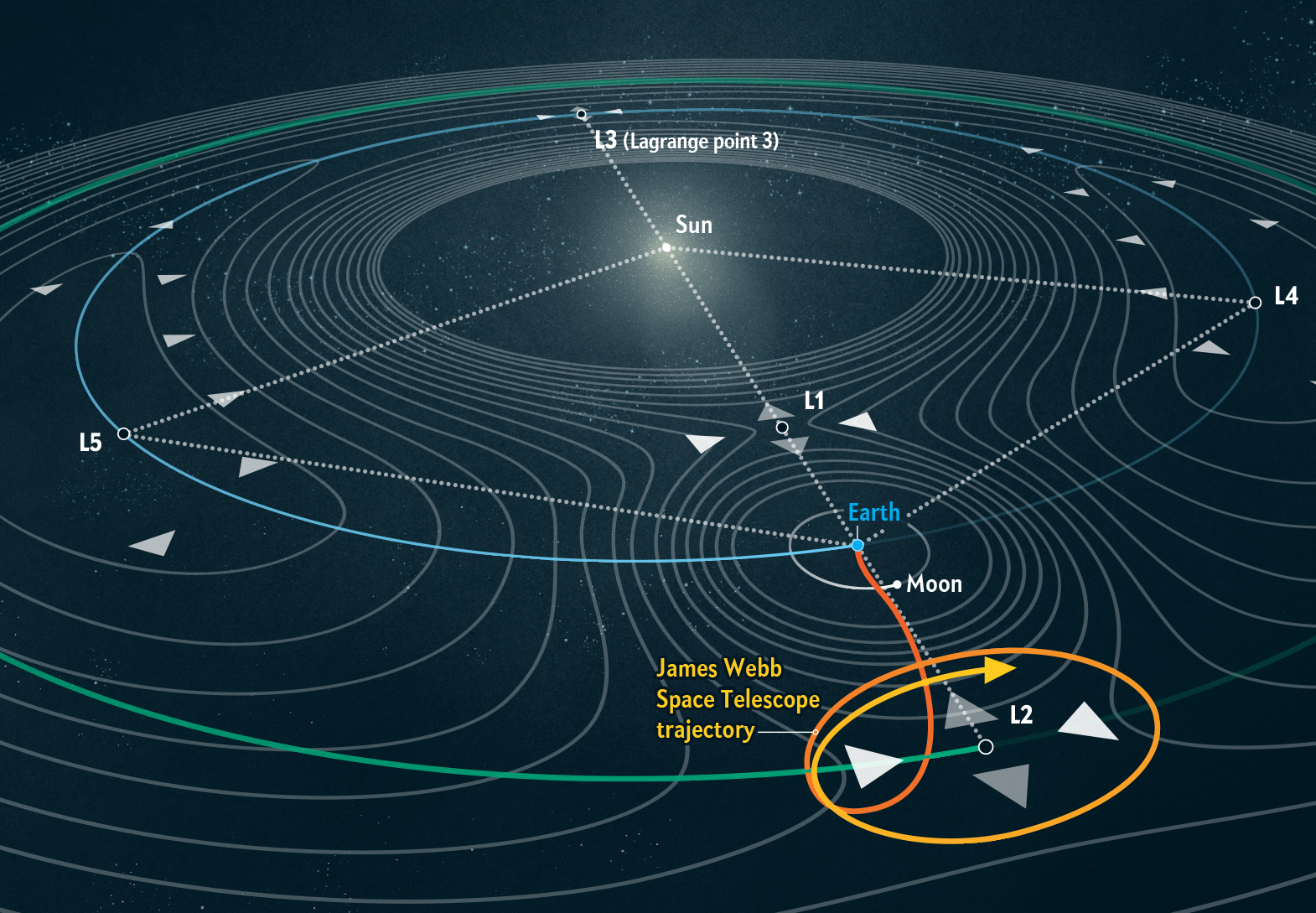
Credit: Alexlky / Shutterstock.com
August consistently offers some of the best skygazing of the year, thanks in large part to the prolific Perseids meteor shower that peaks mid-month. But there are a handful of other planetary events worth staying up late for—here’s when and how to catch the best celestial events this month.
Where and when to see the Perseids meteor shower
The Perseids offer some of the best meteor viewing all year, with up to 100 meteors per hour at the shower’s height. This year, the Perseids span from July 14 to Sept. 1 and are expected to peak in the early morning hours of Aug. 12 as the Earth passes through the dust trails left behind by the 109P/Swift-Tuttle comet.
Those in the Northern Hemisphere will have the best view after the moon sets between midnight and 1 a.m. local time on Aug. 12, with the highest number of meteors in the few hours before dawn. For maximum results, head to a location with little to no light pollution and an open view of the sky, and look toward the Perseus constellation in the northeast/east. If you can get up high—above any haze—even better.
If you need a guide for where to look and when, stargazing apps like Sky Tonight and Star Walk 2 can point you in the right direction.
Where and when to see August’s supermoon
A supermoon is a full or new moon that passes especially close to the Earth in its orbital path, which makes it appear bigger and brighter than a regular moon. The first supermoon of 2024 will be visible on August 19. You’ll get the best sighting around sunset toward the east-southeast horizon. The August supermoon has a number of names from Indigenous cultures, such as the Sturgeon Moon, Corn Moon, Ricing Moon, and Black Cherries Moon, as well as the Flying Up Moon and Red Moon.
Where and when to see Mars and Jupiter in August 2024
At the end of the month, stargazers will be able to see Mars and Jupiter near the moon. NASA predicts the best view in the eastern sky on Aug. 27, about one hour before sunrise. Mars and Jupiter will also be close to one another on Aug. 14 and visible near the east-northeast horizon around 2 a.m. local time.
On Aug. 28, six planets—Mercury, Mars, Jupiter, Uranus, Neptune, and Saturn—will be in close proximity to one another, with Mars, Jupiter, and Saturn being the most visible. According to Star Walk, Saturn will be visible near Aquarius starting in the late evening, while Jupiter and Mars will appear at night.
Note: This article have been indexed to our site. We do not claim legitimacy, ownership or copyright of any of the content above. To see the article at original source Click Here












